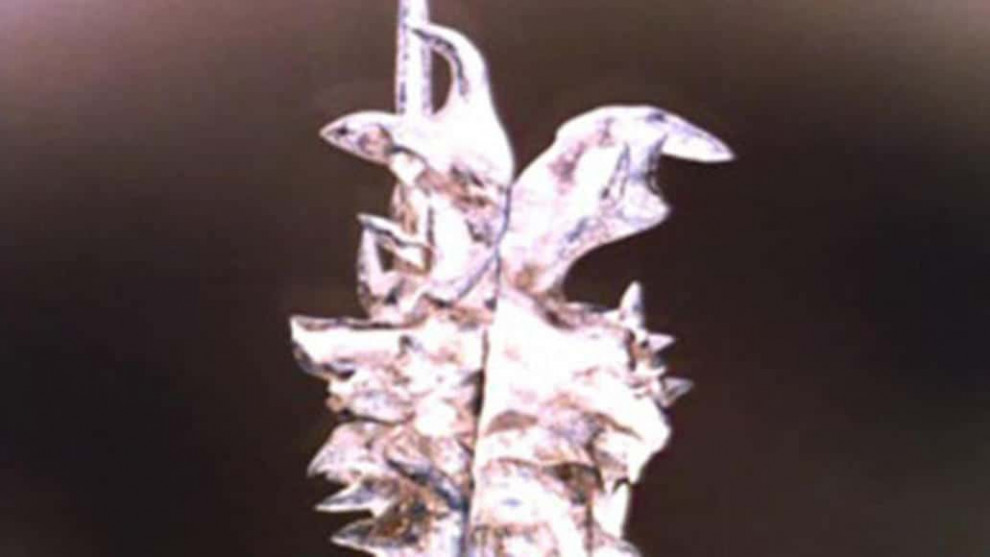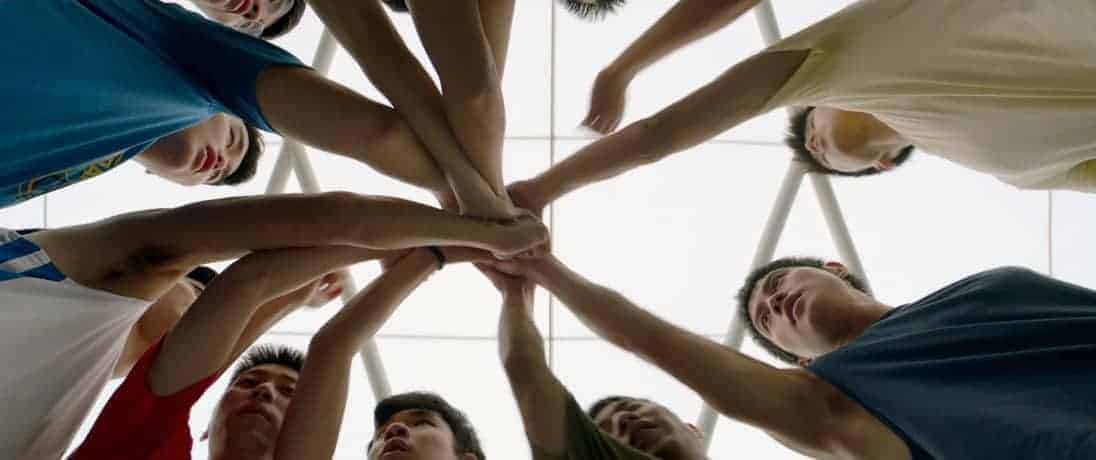In his development as an artist, the importance of Hiroshi Teshigahara's father Sofu Teshigahara cannot be underestimated. Founder of the Sogestsu-ryu, a school of ikebana, as well as an important artist who held international exhibitions, meeting famous figures of the European art world, such as Salvador Dali. His work as an artist stems from the idea that each material, like wood, stone or iron, contains life, wild, untamed life which is a quality he wanted to convey in his work as a sculptor. In his short film “Sculptures of Sofu – Vita” his son Hiroshi observes his father preparing for an exhibition and preparing a sculpture in his workshop, but most importantly, he explores the dimensions and layers of his father's work, keeping in mind the concept of wildness in these sculptures and installations.
Buy This Title
During the roughly 17 minutes of this short film, the most significant discovery for the viewer is Tehsigahara's approach to the various works, which he will also use later on in his visual poem on the work of Catalan architect Antoni Gaudí. Whereas we would normally assume an inanimate object, Teshigahara regards the shapes, the light and the texture of the sculptures as hints of an “animal-like quality”, as his father says in the film. Through experimental sound design, music and lighting each object becomes something mysterious and untamed, adding what sounds like hissing or growling.
Within the context of this approach the artist becomes the tamer, someone who can only hope to tame the “beast” in the material for a short amount of time, resulting in a work which may shed light on something profound about ourselves and our world. Fittingly, the movie ends with Sofu Teshigahara working on a new sculpture as he prepares a block of wood.
As a companion piece to “Antonio Gaudí”, “Sculptures by Sofu – Vita” is an invaluable addition to Hiroshi Teshigahara's approach to art and its qualities. Besides, it is also an impressive show of how well this director knew the language of film, using sound, music and image to achieve a unique effect and to emphasize the great gift the artist gives to his/her spectator.
















